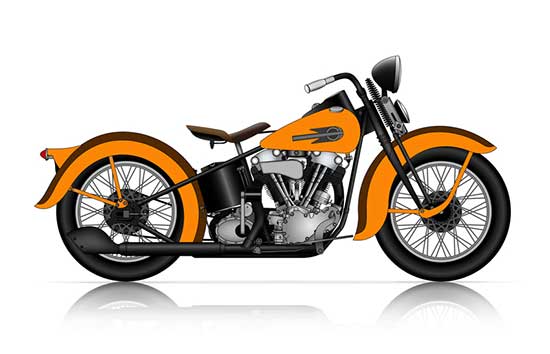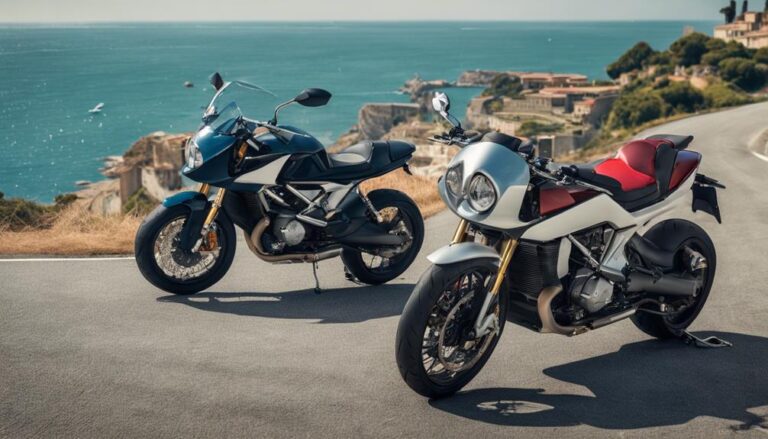Motorcycle batteries are known to have a relatively short lifespan compared to car batteries.
Contents
The Nature of Motorcycle Batteries
Motorcycle batteries are typically smaller and lighter than car batteries, making them more susceptible to damage from factors such as vibration, impact, and extreme temperatures.
Additionally, these batteries often have a lower capacity, which means that they can discharge more quickly under heavy electrical loads.
Factors Affecting Battery Lifespan
Vibration and Impact
Motorcycles experience a higher degree of vibration and impact compared to cars, as they are exposed to rough road surfaces and various riding conditions.
This constant jarring can result in internal damage to the battery, shortening its lifespan.
Temperature and Weather
Exposure to extreme temperatures, both hot and cold, can significantly impact a motorcycle battery’s performance and lifespan.
In cold weather, a battery’s capacity is reduced, while in hot weather, it can lead to excessive discharge and accelerated aging.
Electrical Load
Motorcycle batteries are subjected to various electrical loads from the ignition system, lighting, and other electronic accessories.
These demands can strain the battery, causing it to discharge more quickly and reducing its overall lifespan.
Maintenance and Charging Practices
Improper maintenance and charging practices can significantly impact the longevity of a motorcycle battery.
Overcharging, undercharging, or allowing the battery to remain discharged for extended periods can cause irreversible damage.
Tips to Prolong Battery Life
- Regular Maintenance: Check and maintain the battery regularly, including cleaning the terminals and checking electrolyte levels (for conventional lead-acid batteries).
- Proper Charging: Use a smart charger designed for motorcycle batteries to ensure proper charging and avoid overcharging or undercharging.
- Avoid Deep Discharge: Minimize battery discharge by avoiding the use of high-draw accessories when the engine is off, and start the engine periodically if the motorcycle is stored for extended periods.
- Protect from Extreme Temperatures: Store the motorcycle in a temperature-controlled environment when possible, or use a battery tender to maintain optimal charge levels during extreme temperature fluctuations.
Choosing the Right Battery
Selecting a high-quality battery is crucial for ensuring optimal performance and longevity.
Consider options such as absorbed glass mat (AGM) or lithium-ion batteries, which offer improved durability, lighter weight, and longer service life compared to conventional lead-acid batteries.
Conclusion
The seemingly rapid demise of motorcycle batteries is primarily due to their smaller size, lower capacity, and exposure to harsh riding conditions.
By understanding the factors that contribute to shortened battery life and implementing proper maintenance, charging practices
and protective measures, riders can significantly extend the lifespan of their motorcycle batteries.
In addition, opting for high-quality batteries, such as AGM or lithium-ion options, can further enhance performance and durability.
By taking these steps, motorcycle enthusiasts can enjoy the thrill of the open road without the constant worry of battery failure.






